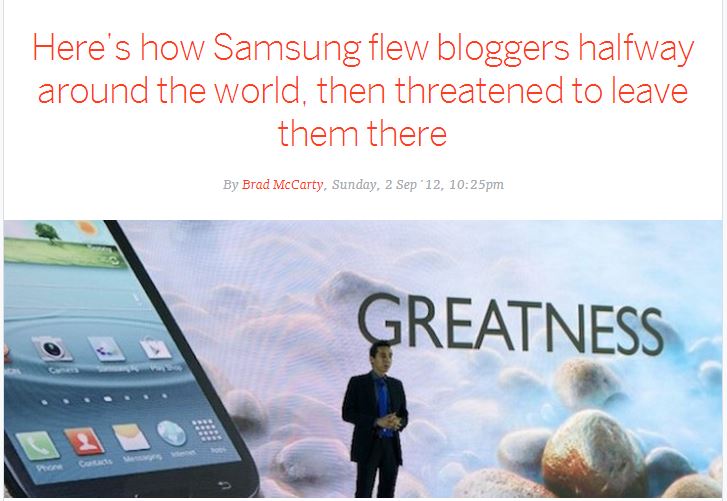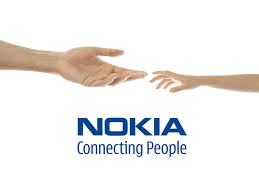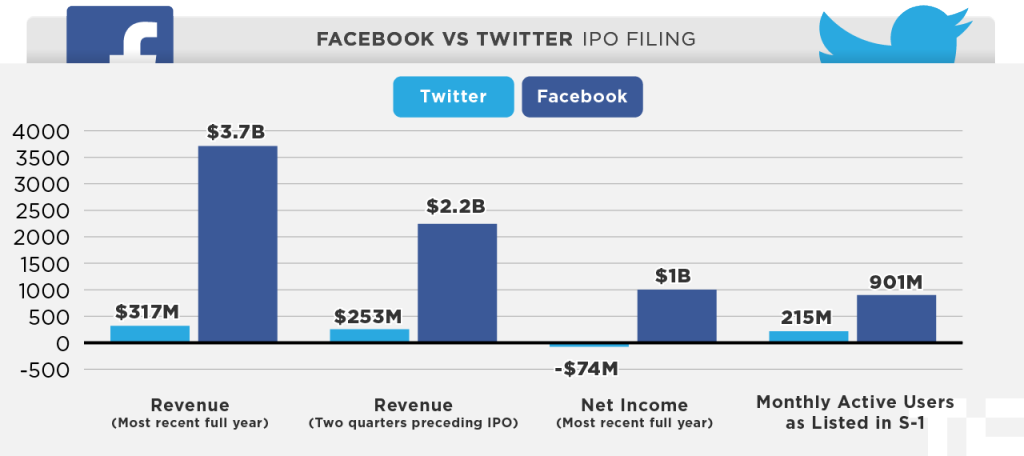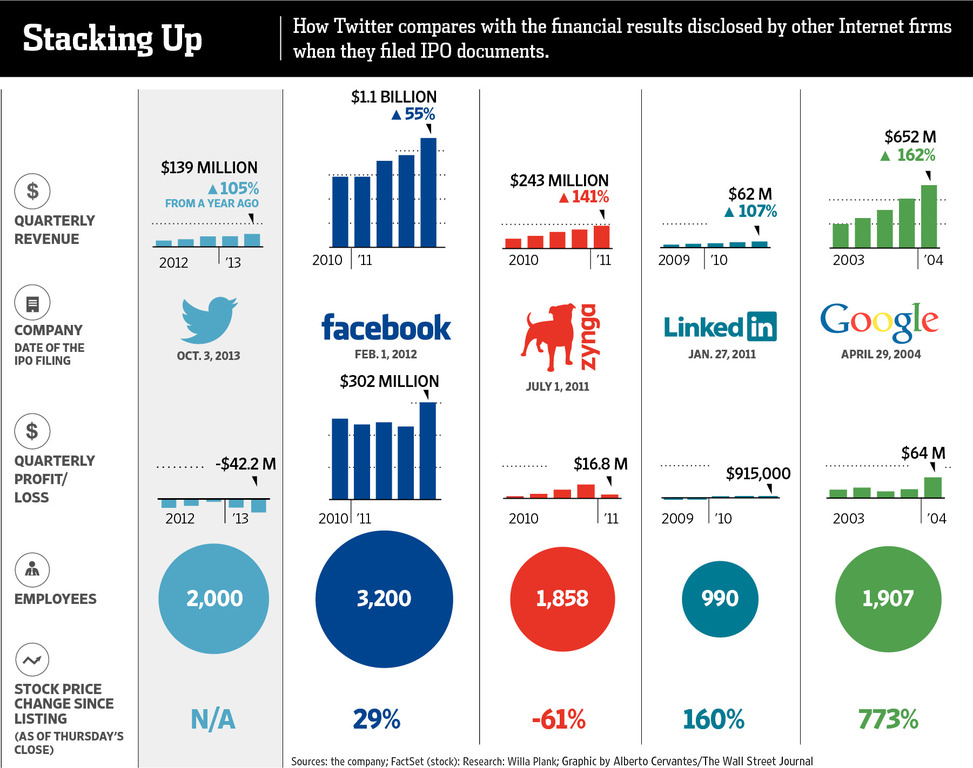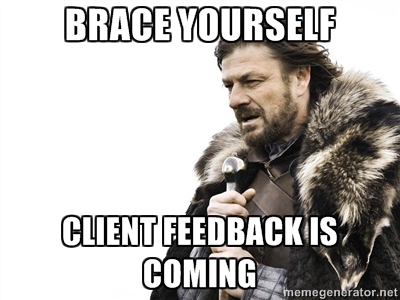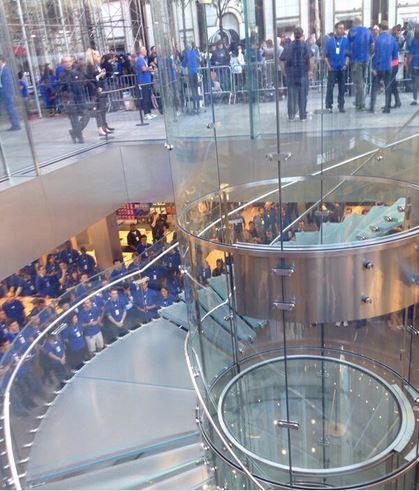In June of 2013, eMarketer released a report that estimates in 2013 almost a quarter of the world’s population will use social media. That is a large audience that marketers can’t afford to ignore when designing their social media strategies.
There are three main types of media Owned, Paid, and Earned Media. Paid media is advertising that companies pay for. Owned media is the media a company owns an online website or a physical store. Earned media is like word of mouth but online.
One interesting dynamic is the relationship between Owned and Earned Media, and how they complement and reinforce each other. When used together, they have the power to turn interested customers into long term brand advocates. For example, initially when Coke launches a new product like Coca-Cola Life the company receives a lot of buzz on social media channels.
However, this spark of interests is often short lived. Over time users will become bored of a new healthier alternative to regular Coke. Consumers constantly need to receive quality content that is related to their own personal interests from companies in order to remain engaged with a brand.
It’s like my marketing professor once said, “I don’t want to receive email. I want to receive email”. One interesting product is hardly enough to transform a customer into an advocate. However, Coke has reinforced its brand with Owned Media or media created by the company that aligns with the interests of many of its customers and engages them with Coke’s brand. An example is Coca-Cola’s Super Bowl ad campaign that occurred in 2012 involving two polar bears who reacted to events on the field in real time.
Coke 2012 Commercial: “Arghh” featuring NY_Bear
Another example is Coca-Cola’s drive to create a safe haven for polar bears in the Arctic by raising over $2 million for the World Wildlife Fund (WWF).
These examples of Owned Media maintain user interest for longer, get more people talking about the brand in a positive way, and engage users on a deeper level. Owned Media can take many forms like humanizing a brand by illustrating that Coke employees like football as much as the rest of us or that the company cares about the environment. However, the real power of Owned Media is to retain the interest of users who were initially engaged by short lived PR Campaigns and turn customers into long term advocates by engaging them with content that is relevant to customer’s interests.



